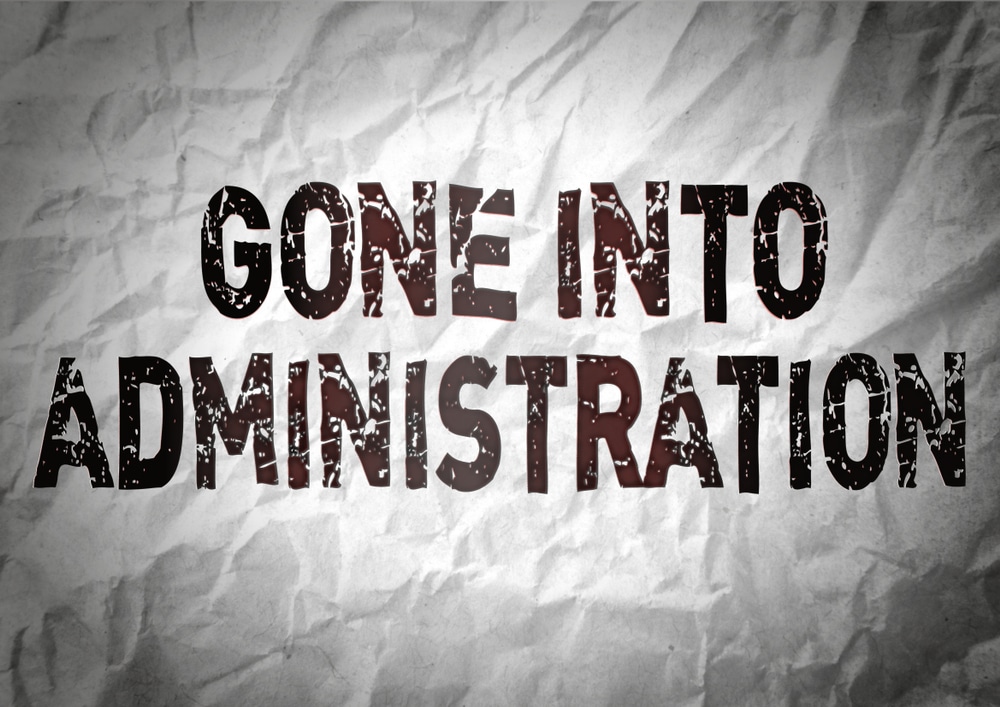In-Depth Guide to Company Administration: Implications When a Company Goes into Liquidation
Wiki Article
The Process and Effects of a Firm Getting Into Management
As a company encounters financial distress, the decision to enter administration marks a vital point that can have far-reaching implications for all included celebrations. The process of getting in administration is intricate, entailing a series of steps that intend to browse the business towards possible healing or, in some situations, liquidation. Understanding the roles and duties of a manager, the influence on various stakeholders, and the lawful responsibilities that come into play is important in comprehending the gravity of this scenario. The repercussions of such a move surge beyond the company itself, forming its future trajectory and influencing the broader organization landscape.Review of Company Management Process
In the realm of company restructuring, a vital initial action is gaining a thorough understanding of the detailed company management process. Business management refers to the official bankruptcy procedure that intends to rescue a financially troubled firm or achieve a much better result for the company's creditors than would certainly be possible in a liquidation scenario. This process includes the visit of a manager, that takes control of the business from its supervisors to evaluate the financial situation and determine the best strategy.Throughout administration, the company is granted protection from lawsuit by its financial institutions, offering a halt period to develop a restructuring strategy. The administrator deals with the company's management, financial institutions, and various other stakeholders to develop a technique that might entail marketing business as a going problem, reaching a company voluntary setup (CVA) with creditors, or ultimately positioning the business right into liquidation if rescue attempts prove futile. The key objective of business management is to make the most of the return to creditors while either returning the company to solvency or closing it down in an orderly fashion.

Roles and Responsibilities of Manager
Playing a pivotal role in supervising the firm's decision-making procedures and monetary affairs, the manager thinks significant duties throughout the corporate restructuring process. The primary task of the manager is to act in the finest rate of interests of the company's financial institutions, intending to accomplish one of the most desirable result possible - into administration. This involves carrying out a thorough evaluation of the company's financial situation, developing a restructuring plan, and implementing methods to optimize returns to lendersAdditionally, the administrator is accountable for liaising with numerous stakeholders, including workers, providers, and regulatory bodies, to guarantee transparency and conformity throughout the administration process. They must likewise interact efficiently with investors, offering routine updates on the company's progress and seeking their input when required.
In addition, the administrator plays an essential function in taking care of the day-to-day procedures of business, making essential decisions to preserve connection and preserve value. This includes evaluating the practicality of different restructuring choices, working out with lenders, and eventually assisting the business in the direction of a successful departure from administration.
Influence on Business Stakeholders
Thinking an essential position in managing the firm's decision-making procedures and monetary affairs, the manager's check these guys out actions throughout the business restructuring process have a straight impact on various business stakeholders. Consumers might experience interruptions in solutions or item accessibility throughout the management procedure, influencing their depend on and loyalty in the direction of the company. Additionally, the area where the company runs could be affected by prospective task losses or adjustments in the firm's procedures, affecting neighborhood economies.Legal Implications and Obligations
Throughout the procedure of business management, cautious consideration of the lawful ramifications and commitments is critical to make sure conformity and protect the passions of all stakeholders entailed. When a firm gets in management, it activates a collection of lawful demands that need to be abided by. Among the primary responsibilities is for the appointed manager to act in the most effective rate of interests of the business's lenders. This obligation needs the administrator to conduct comprehensive examinations right into the company's events, examine its financial setting, and develop a strategy to make best use of returns to lenders.In addition, lawful effects arise worrying the treatment of staff members. The manager must comply with employment regulations concerning redundancies, worker legal rights, and commitments to supply needed details to employee representatives. Failure to comply with these lawful requirements can cause legal action versus the firm or its managers.
Moreover, the company entering administration might have contractual responsibilities with various celebrations, consisting of property managers, consumers, and vendors. These agreements need to be reviewed to identify the most effective strategy, whether to end, renegotiate, or accomplish them. Failing to deal with these contractual responsibilities suitably can bring about disagreements and potential legal consequences. Fundamentally, understanding and meeting lawful obligations are essential facets of browsing a company via the administration process.
Methods for Company Recovery or Liquidation
In taking into consideration the future instructions of a business in management, tactical preparation for either healing or liquidation is vital to chart a practical course ahead. When going for company recuperation, essential strategies might consist of conducting a comprehensive analysis of business operations to identify inadequacies, renegotiating contracts or leases to enhance cash circulation, and executing cost-cutting measures to improve profitability. In addition, seeking brand-new investment or funding options, expanding profits streams, and concentrating on core competencies can all add to an effective recuperation plan.
Final Thought
In final thought, the procedure of a business entering management involves the appointment of an administrator, that tackles the obligations of taking care of the firm's affairs. This procedure can have substantial effects for various stakeholders, consisting of staff members, shareholders, and financial institutions. It is very important for firms to thoroughly consider their alternatives and strategies for either recuperating from monetary difficulties or waging liquidation in order to minimize possible legal ramifications and obligations.Business management refers to the formal insolvency treatment that intends to save an economically distressed firm or accomplish a far better outcome for the company's lenders than would be feasible in a liquidation circumstance. The manager works with the company's administration, lenders, and various other stakeholders to develop a method that might entail marketing the business as a going issue, reaching a business voluntary plan (CVA) with lenders, or eventually putting the business right into liquidation if rescue efforts verify useless. The key objective of firm management is to optimize the return to financial institutions while either returning the firm to solvency or shutting it down in an organized way.
Presuming an essential placement in looking after the firm's decision-making processes and financial affairs, the manager's activities throughout the business restructuring process have a straight effect on different company stakeholders.In conclusion, the procedure of a firm entering administration entails the visit of an administrator, who takes on the responsibilities of taking care of the firm's events.
Report this wiki page